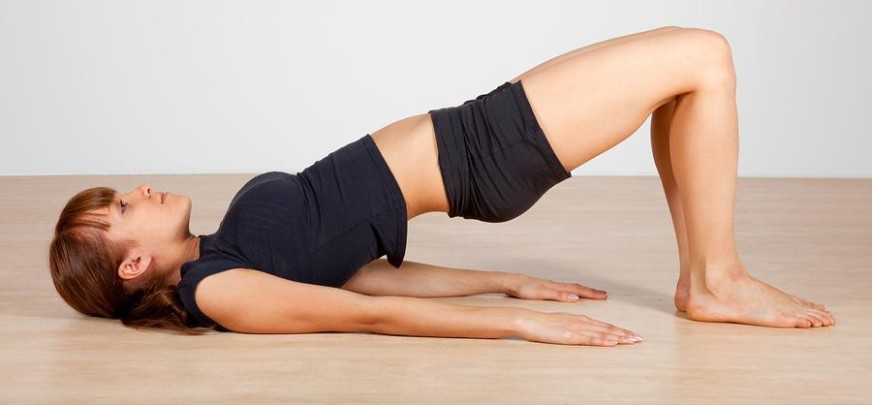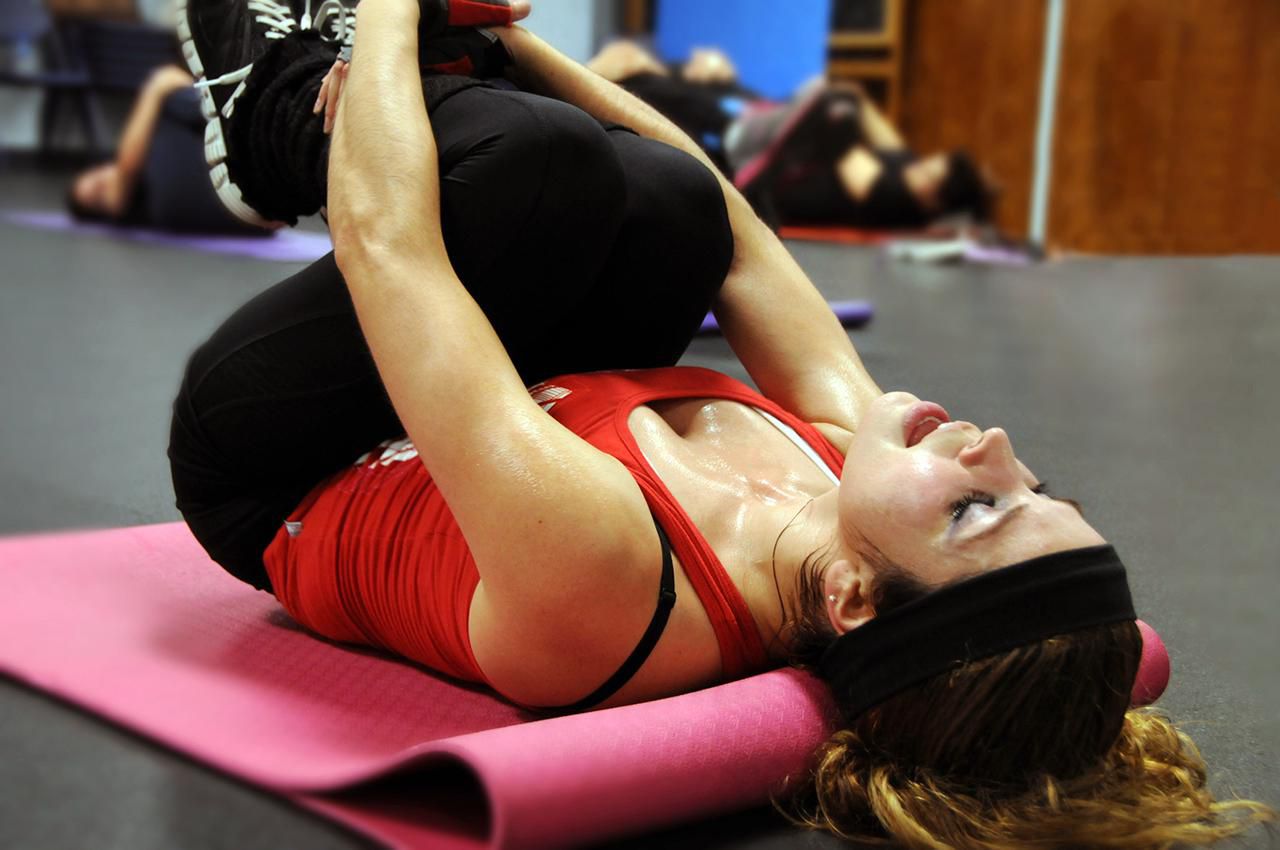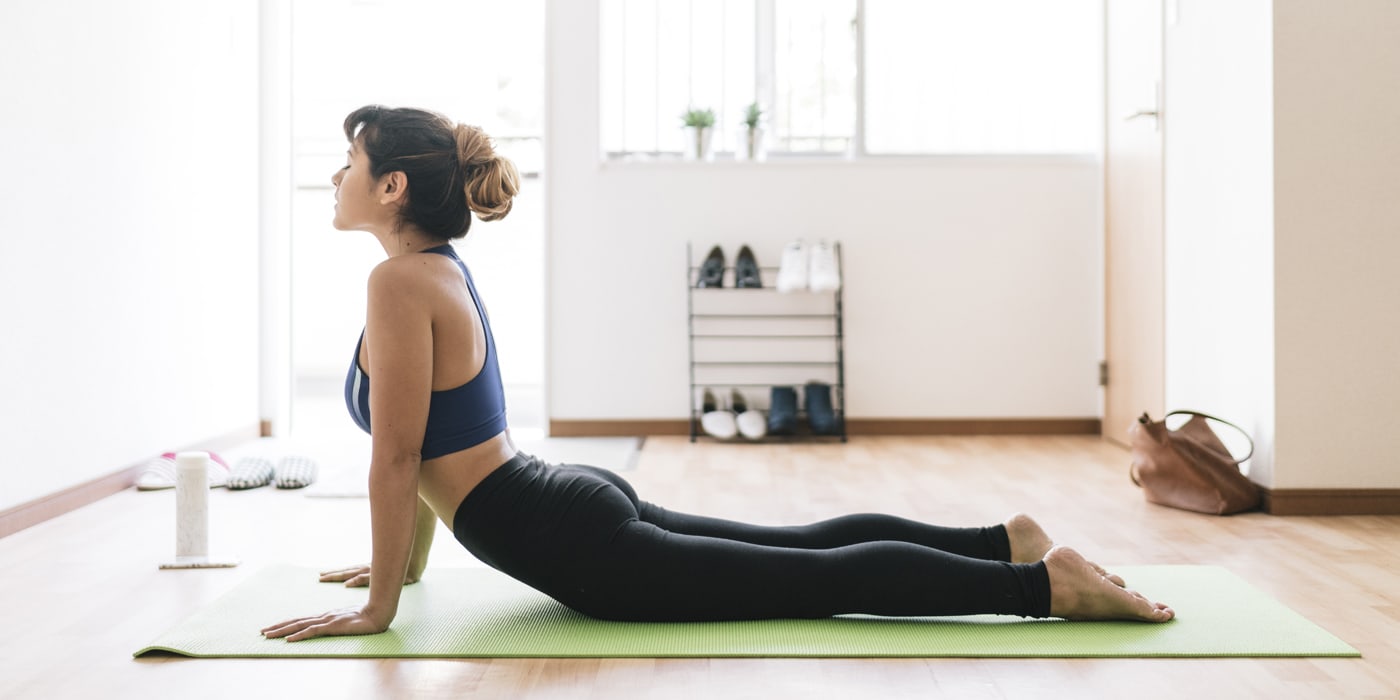If you’ve been diagnosed with spinal stenosis, you may be searching for effective ways to manage your symptoms and improve your quality of life. Exercise can play a crucial role in relieving pain and discomfort associated with this condition. In this blog post, we will share the 15 best exercises for spinal stenosis recommended by experts in the field.

Contents
- 1 15 Best Exercises For Spinal Stenosis
- 1.1 1. Pelvic Tilts
- 1.2 2. Cat-Cow Stretch:
- 1.3 3. Knee-to-Chest Stretches:
- 1.4 4. Child’s Pose:
- 1.5 5. Bridging:
- 1.6 6. Wall Squats:
- 1.7 7. Partial Crunches:
- 1.8 8. Piriformis Stretch:
- 1.9 9. Seated Spinal Twist:
- 1.10 10. Hamstring Stretch:
- 1.11 11. Bird-Dog:
- 1.12 12. Standing Back Extensions:
- 1.13 13. Aquatic Exercises:
- 1.14 14. Lying Lateral Leg Lifts:
- 1.15 15. Deep Abdominal Strengthening:
- 2 What Exercises Should Be Avoided With Spinal Stenosis?
- 3 Frequently Asked Questions
15 Best Exercises For Spinal Stenosis
These exercises can improve mobility, flexibility, and strength in the lower back, ultimately reducing pain and improving overall function. Here are some of the best exercises for spinal stenosis that you can try:
1. Pelvic Tilts
Pelvic tilts strengthen the abdominal muscles and stretch the lower back, helping alleviate pressure on the spine. Lie on your back with knees bent and feet flat. Tighten your stomach muscles, pushing your back flat against the floor. Hold for a few seconds, then relax.
2. Cat-Cow Stretch:
This exercise improves spinal mobility and can relieve tension in your back. Start on your hands and knees. Arch your back up, tucking your chin to your chest (cat), then dip your back down while lifting your head (cow). Move slowly between these positions.
3. Knee-to-Chest Stretches:
Helps stretch and relieve tension in the lower back. Lying on your back, pull one knee toward your chest, holding it with your hands. Keep the other leg flat or bent. Hold the stretch, then switch legs.
4. Child’s Pose:
A gentle stretch that relaxes the spine, hips, and thighs. Kneel on the floor, touching your big toes together, then sit on your heels. Bend forward, extending your arms in front of you on the floor, and lower your chest between your knees.
5. Bridging:
Strengthens the gluteus and lower back muscles, supporting the spine. Lie on your back with knees bent, feet flat on the floor. Raise your hips to create a straight line from your knees to shoulders. Hold, then lower slowly.
6. Wall Squats:
Strengthens your thighs and buttocks, supporting your lower back. Stand with your back against a wall, feet shoulder-width apart. Slide down into a squat position, keeping your back flat against the wall. Hold, then slide back up.
7. Partial Crunches:
Strengthens core muscles without straining the back. Lie on your back with knees bent and feet flat. Cross arms over your chest or put hands behind your neck. Tighten abdominal muscles and raise your shoulders off the floor. Lower back down.
8. Piriformis Stretch:
Relieves tightness in the piriformis muscle, which can affect the sciatic nerve. Sit on a chair and cross the leg with the painful side over the knee of the other leg. Lean forward while keeping your back straight. Hold the stretch.
9. Seated Spinal Twist:
Increases spinal mobility. Sit on the floor with legs extended. Bend one knee and place the foot outside the opposite knee. Twist towards the bent knee, placing the opposite elbow outside the bent knee. Hold, then switch sides.

10. Hamstring Stretch:
Reduces tension in the back of the legs, which can affect the lower back. Sit on the floor with one leg extended and the other bent. Lean forward from your hips towards the foot of the extended leg. Hold, then switch legs.
11. Bird-Dog:
Improves core strength and balance. Start on hands and knees. Extend one arm and the opposite leg simultaneously, keeping your body in a straight line. Hold, then return to the starting position and switch sides.
12. Standing Back Extensions:
Helps counteract the effects of bending forward. Stand up straight with feet shoulder-width apart. Place your hands on your lower back and gently arch backward. Hold, then return to the starting position.
13. Aquatic Exercises:
Water provides resistance and supports the body, reducing stress on the spine. Swimming or walking in water can strengthen back muscles and improve flexibility without undue pressure on the spine.
14. Lying Lateral Leg Lifts:
Strengthens hip and buttock muscles, supporting the lower back. Lie on one side with legs stacked. Lift the top leg towards the ceiling, keeping it straight, then lower it. Repeat several times, then switch sides.
15. Deep Abdominal Strengthening:
Strengthens the deep core muscles, supporting the spine. Lie on your back with knees bent. Breathe in deeply, and as you exhale, draw your belly button towards your spine, engaging your abdominal muscles without moving your back. Hold, then release.
What Exercises Should Be Avoided With Spinal Stenosis?
Here are a few exercises to steer clear of if you have spinal stenosis:

- Heavy weightlifting: Activities that involve heavy lifting or straining can place excess pressure on the spine and worsen the symptoms of spinal stenosis. It’s best to avoid exercises such as deadlifts, squats, and overhead presses that put a significant load on the spine.
- High-impact activities: High-impact activities like running, jumping, or participating in contact sports can jolt the spine and lead to increased pain and discomfort. These activities can put excessive stress on the vertebrae, worsening the symptoms of spinal stenosis.
- Exercises that involve excessive bending forward: Exercises that require excessive bending forward, such as toe touches or deep forward bends, can put strain on the lower back and aggravate the symptoms of spinal stenosis. It’s important to focus on maintaining neutral spinal alignment during exercise.
- Exercises that involve twisting or rotation: Twisting or rotating movements can place strain on the spine and potentially compress the nerves in the spinal canal. Avoid exercises like golf swings, Russian twists, or standing trunk rotations.
Frequently Asked Questions
What exercises are effective for managing symptoms of spinal stenosis and sciatica?
Incorporating specific exercises that target the back, core, and hip muscles can be highly effective. Examples include seated lumbar flexion, seated hamstring stretch, pelvic tilt, Cat-Cow, and Bridge exercises.
How can I get immediate relief from spinal stenosis?
Immediate relief can be achieved by practicing exercises that create space in the spinal canal, stretching tight muscles, and strengthening the core and glute muscles.
How do I strengthen my lower back with spinal stenosis?
Core-strengthening exercises like bridges can help strengthen the lower back. Lie on your back, knees bent, feet hip-width apart. Lift your buttocks off the floor, engaging your abs and glutes.

Hello, I’m Ravindra. Over the years, I’ve immersed myself deeply into the world of fitness and health, transforming both my body and mind. Writing has allowed me to share my journey, insights, and expertise with those just starting out and seasoned fitness enthusiasts alike. Beyond just routines and diets, I believe in inspiring others to adopt a holistic approach to well-being.
